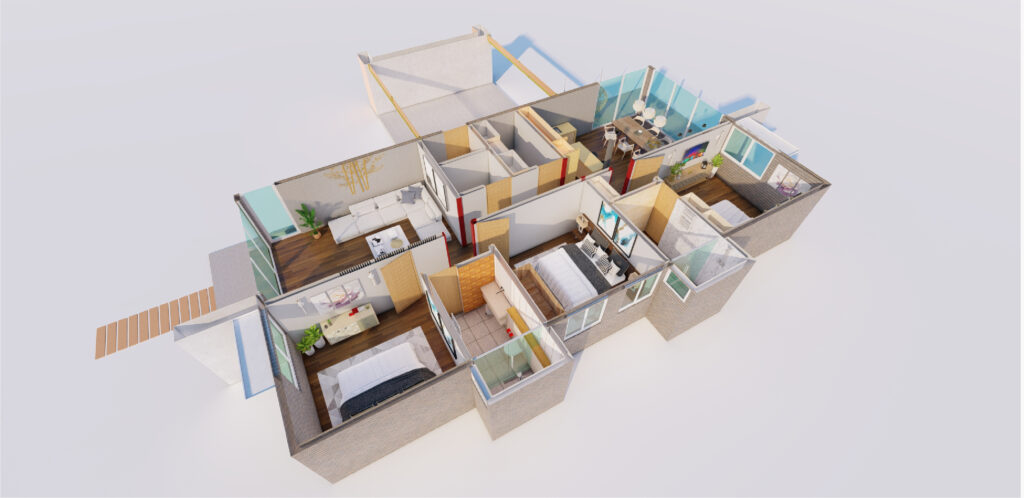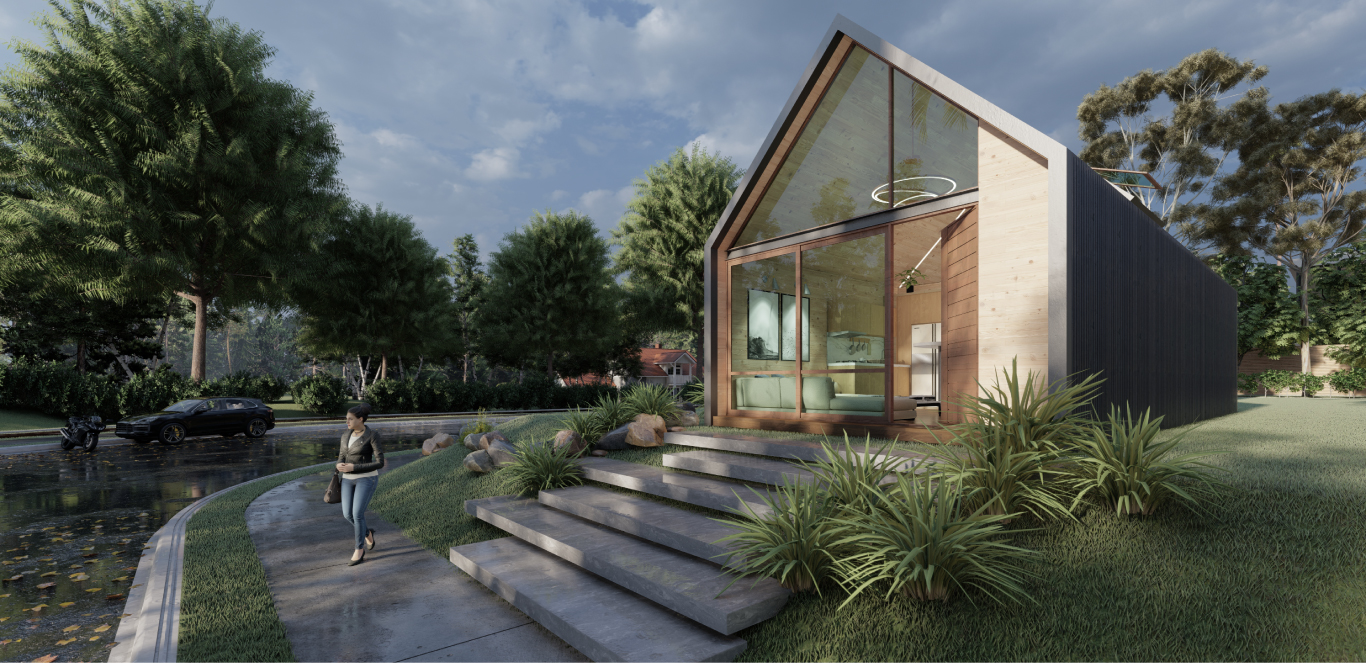
A Step-by-Step Guide
Building a modular home on a particular lot requires careful research and planning to ensure that the lot is suitable for construction and that all necessary approvals are obtained.
Here is a more detailed explanation of each step:
Step 1: Research Zoning and Building Codes
The first step in learning whether a modular home can be built on a particular lot is to research the zoning and building codes for that area. Zoning requirements determine how the land can be used and what type of structures can be built on the property. Building codes specify the minimum standards for construction, including structural requirements, electrical systems, plumbing, and other elements.
It is crucial to research these codes early in the process, as they may influence the design and placement of your modular home. You can typically find zoning and building code information on your local government’s website or by contacting your local zoning or building department.
There is another group that needs to be contacted, and that is the HOA (if applicable). Some may have restrictions on housing types or sizes and should be reviewed.
Lastly, some counties or HOA managers might be unsure or confused by the term Modular Homes, they might be thinking what you are proposing is a Manufactured Home or Mobile Home. Sometimes, it is simply that the codes and zoning have not been updated. You can successfully help them to see and understand that the home or cabin you are building is something they want to allow in their zoning. It usually takes sending them the plans and mockup photos and a detailed materials list so they can see what the product is and how it is constructed.
Step 2: Check for Environmental Restrictions
In some areas, there may be environmental restrictions that may limit construction on a particular lot. For example, there may be wetlands, floodplains, or other protected areas that are off-limits for construction.
It is important to research these restrictions before you choose a lot or start planning your modular home. You can typically find this information on your local government’s website or by contacting your local environmental department.
Step 3: Determine Site Access
When building a modular home, it is important to ensure that there is adequate site access for delivery and installation. Check the lot to ensure that there is a clear path for the delivery truck to access the site and that there is enough space for the crane to install the modules.
Site access is a critical factor in the construction process, and it is important to consider this early on in your planning. If access is limited or obstructed, it may not be possible to build a modular home on that lot.
Step 4: Contact Your Modular Home Manufacturer
Once you have determined that the lot is suitable for building a modular home, it’s time to contact a modular home manufacturer to discuss your project.
As a modular home buyer working with HouseThat, we will need you to provide us with the lot’s address, any zoning and building code requirements that you have discovered, and your specific design preferences. Our team of experienced architects and designers will work with you to create a custom modular home that meets your needs and complies with all local zoning and building codes.
Modular home manufacturers have experience in working with local zoning and building codes, and they can provide valuable guidance on your project. They will be able to tell you whether your lot is suitable for building a modular home and what specific design requirements must be met. With HouseThat, you can expect a personalized approach to your modular home construction project, with a focus on quality, affordability, and efficiency.
Step 5: Obtain Site Approval
Before construction can begin, you must obtain site approval from your local zoning and building department. This typically involves submitting plans and specifications for the modular home, as well as obtaining any necessary permits. Your modular home manufacturer may be able to assist you with this process.
Site approval is a critical step in the construction process, and it is important to work closely with your local zoning and building department to ensure that all requirements are met.
Step 6: Prepare the Site
Once you have obtained site approval, you can begin preparing the site for construction. This may involve clearing the land, installing utilities such as water and electricity, and preparing the foundation for the modular home.
Site preparation is an important part of the construction process, and it is important to work with experienced contractors to ensure that the site is properly prepared for the modular home.
Step 7: Deliver and Install the Modular Home
Once the site is prepared, the modular home manufacturer will deliver the modules to the site and install them on the foundation. The installation process typically takes only a few days, and the modules are connected to the utilities and the foundation.
Delivery and installation are the final steps in the construction process, and it is important to work closely with your modular home manufacturer to ensure that everything is properly installed and connected.
In conclusion, building a modular home on a particular lot requires careful research and planning to ensure that the lot is suitable for construction and that all necessary approvals are obtained. By following these steps, you can determine whether a modular home can be built on a particular lot and take the necessary steps to get approved for construction. With proper planning and preparation, building a modular home can be a smooth and efficient process.



